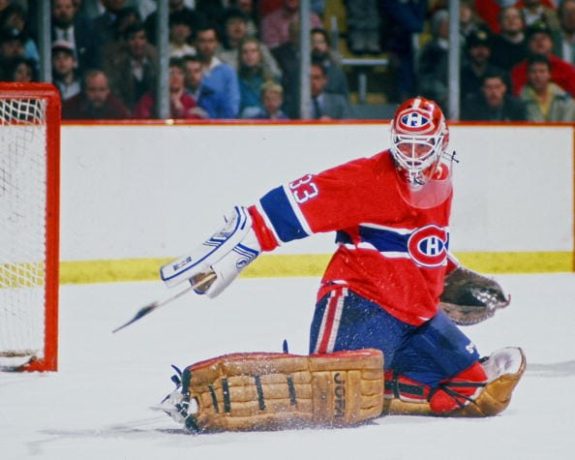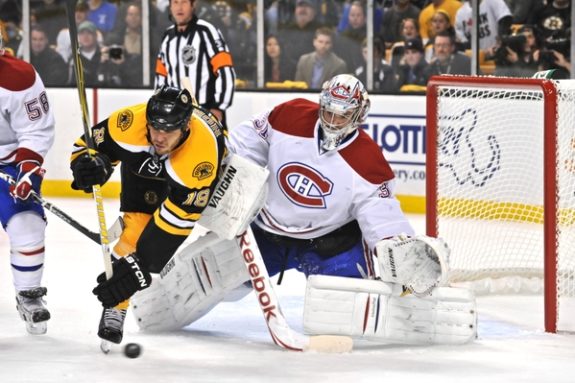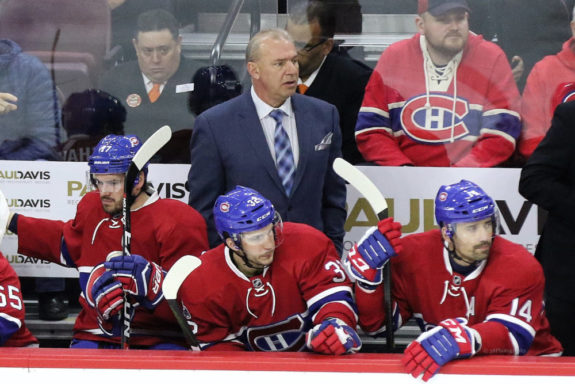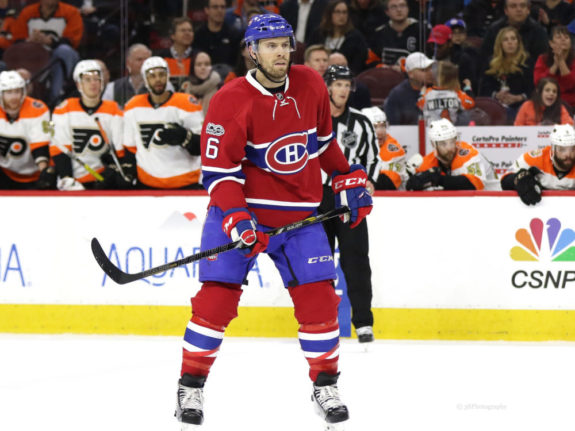I remember the afternoon of April 27, 1980, clearly. Walking down Ste Catherine street, I saw a tall, lanky figure walking towards me. It didn’t take me long to recognize Larry Robinson, the Canadiens’ star defenseman, who would win the Norris Trophy later that year. Approaching him, I shouted, “You guys are gonna win!” in reference to Game 7 of their quarterfinal series against the Minnesota North Stars that night. If he was tense, it was not reflected in his smile, but I’m sure he had cause for concern.
The end of the 1970s was a period of transition for the Canadiens; they had won four consecutive Stanley Cups and were fighting for a fifth, aiming to match the record held by the iconic team of the 1950s, which featured legends like Maurice Richard, Jean Beliveau, Jacques Plante, Doug Harvey, and Bernie Geoffrion. Two decades later, fans still had new legends to cheer for.
Led by Guy Lafleur, Ken Dryden, Bob Gainey, Jacques Lemaire, Steve Shutt and Robinson, the team of the late 1970s consistently dominated their opponents but by 1980, holes in the lineup began to appear. Dryden and Lemaire retired, Pete Mahovlich, a giant centre and playmaker was traded and entering the series against the North Stars, they were missing the injured Lafleur.
The Habs came back after losing the first two games and forced a seventh and deciding contest. The Canadiens, who finished with 107 points, 43 ahead of the second-place Los Angeles Kings in their division, fell to the North Stars 3-2, ending what was for many a hockey dynasty. Few realized it at the time, as the team had a tradition of replacing ageing stars with new, young talent, and there was no way of knowing the mercurial Lafleur, at only 29, would begin a rapid decline.
The signs were there for those who bothered to look. Sam Pollock, a brilliant general manager, retired in 1978 and was replaced by Irving Grundman. The new GM would draft among others, Chris Chelios, Mats Naslund and Guy Carbonneau, but his most famous pick, Doug Wickenheiser, would forever tarnish reputation. Selected first-overall, ahead of local favourite Denis Savard, the Regina native would never become the player the Habs expected, struggling for four years before he was traded to the St. Louis Blues in 1984.
Two Stanley Cups in Forty Years
The Habs teams of the early 1980s were exciting to watch but their reputation as the NHL’s most dominant team was over. The torch was passed first to the New York Islanders, who matched their four consecutive Cup wins, then to the Edmonton Oilers, led by Wayne Gretzky, whose rise to stardom and who reset almost every NHL record, seemed to drive Lafleur, still active but no longer a major star, into obscurity.
After a seven-season drought – their longest since the early 1950s – the Habs won the Cup again in 1985-86, owing much to the goaltending heroics of twenty-year-old Patrick Roy, who shut down opponents for the next decade with an acrobatic style that would influence a generation of goalies and inspire many to take up the position.

With Roy in nets, the Habs won consistently and despite reaching the Final only once before their next Cup victory in 1993, they were still regarded as part of the NHL’s elite. By that time, continued expansion and free agency were beginning to dismantle the possibility of further dynasties, but there was no reason to believe the Canadiens would not continue to be in the thick of the hunt.
The Canadiens’ General Managers Lacked Vision
Since the 1992-93 season, the Canadiens have not reached a Stanley Cup Final. The departure of Roy in 1995, after a famous public spat with coach Mario Tremblay, signalled a decline in the team’s fortunes from which they have never recovered. A succession of general managers, from Rejean Houle to André Savard to Bob Gainey to Pierre Gauthier, opted for a piecemeal approach in solving the team’s problems rather than creating a vision for the future.

Gainey was closest to having a clear idea of the team he wanted on the ice. He drafted Carey Price in the first round of the 2005 draft, knowing the Habs needed a stellar goaltender if they wished to contend. He attempted to build his team around large, mobile defensemen by drafting P.K. Subban, Alexei Emelin, Mark Streit, and Ryan McDonagh while signing free agents Roman Hamrlik and Jaroslav Spacek. He also acquired forwards Alexei Kovalev, Brian Gionta, and Mike Cammalleri to improve scoring.
His only serious misstep was the acquisition of centre Scott Gomez, who’s immediate lack of production after signing a long-term contract seemed to signal the end of the fans’ confidence in Gainey.
The Canadiens Didn’t Change with the Times
There used to be an adage that young working-class boys in Quebec saw their future in three places – the factory, the church, or the hockey rink. The Quiet Revolution in the 1960s coupled with a declining birth rate offered more diverse career opportunities for the local population while producing fewer hockey players. Many talented athletes opted for other sports and those who didn’t, no longer regarded Montreal as the only franchise they wished to play for.
There were other problems too. The Canadiens organization rewarded many loyal players with job opportunities once their playing days were done. While this encouraged loyalty, it also created a closed-shop mentality that didn’t allow the organization to evolve as effectively as newer franchises with a more diverse staff that supplied new ideas.
Then there was the linguistic issue. In order to maintain close ties with the local media and satisfy the local fanbase, it became imperative for the team’s head coach to speak French, which immediately shrank the available talent pool. In the last 18 years, both Michel Therrien and Claude Julien have coached the team twice, along with former captain Carbonneau and Jacques Martin.

What is Marc Bergevin’s Vision?
Since assuming his position in 2012, Marc Bergevin has lost the confidence of many. His first four years as GM were characterized by minimal changes in personnel, largely exchanging one character player for another, and establishing depth in the farm system. That all changed on June 29, 2016, when he sent popular defenseman P. K. Subban to the Nashville Predators for his counterpart, Shea Weber.

After a strong first season, Weber’s subsequent injury problems and the Habs’ inability to make the playoffs contrasted sharply with the continued success of Subban, despite the obvious advantages he has playing on a more talented team.
A second trade the following year sent defenseman Mikhail Sergachev to the Tampa Bay Lightning in exchange for winger Jonathan Drouin, who spent the 2017-18 season readjusting to playing centre, his position in junior. The move was largely regarded as an attempt to placate local fans while awkwardly addressing the Canadiens’ weakness up the middle.
After the recent draft, where Bergevin selected the Habs centre-of-the-future Jesperi Kotkaniemi, it is clear he wants to rebuild the team through smart draft picks and trades, knowing Montreal is not a popular destination for free agents. He also made changes to the coaching staff, removing some members of the “old boys network” in favour of people outside the organization.
Is it enough? Team president Geoff Molson relies on careful marketing and a loyal fanbase to deliver a financially successful product. As recently as 2015, they were the second most valuable franchise in the NHL. In this respect, the Canadiens brand is strong.
Real fans of the team have a different take on success. Many are tired of hearing the term “storied franchise” when speaking of the Canadiens. The expression has become a laughable cliché and now refers to stories younger fans hear about the glory days from old-timers like myself. I’d like to think that isn’t enough for a fanbase that has been loyal for decades.